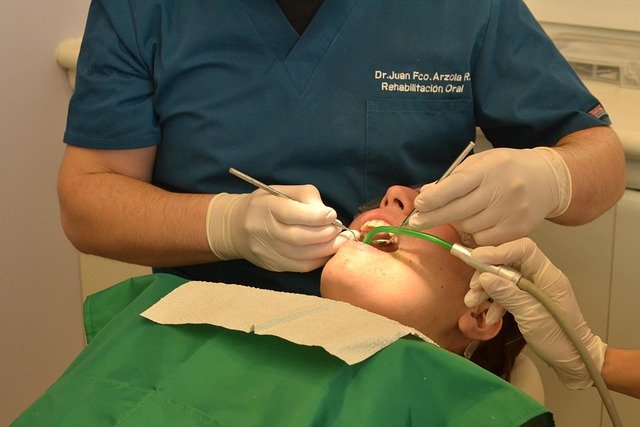Understand Angioedema Swelling And Its Impact On Your Health
Angioedema is a concerning medical condition characterized by deep swelling beneath the skin's surface, potentially affecting various body parts including the face, throat, and extremities. This condition can range from mild discomfort to severe, potentially life-threatening situations requiring immediate medical attention. Understanding its causes, symptoms, and proper management is crucial for anyone affected by or at risk of developing angioedema.

What Is Angioedema?
Angioedema occurs when small blood vessels leak fluid into the surrounding tissues, causing swelling. Unlike typical allergic reactions that affect the upper layers of skin, angioedema impacts deeper tissue layers. This condition can be hereditary or acquired, with episodes lasting anywhere from a few hours to several days. The swelling typically develops quickly and may be accompanied by a tingling or burning sensation in the affected area.
Possible Causes of Angioedema
Several factors can trigger angioedema episodes. Common causes include allergic reactions to foods, medications, or environmental factors. Certain medications, particularly ACE inhibitors used to treat high blood pressure, are known triggers. Hereditary angioedema (HAE) is caused by genetic mutations affecting proteins that regulate swelling. Other triggers may include:
-
Physical trauma or pressure
-
Temperature changes
-
Infections
-
Emotional stress
-
Autoimmune conditions
Recognizing Symptoms of Angioedema
The primary symptom of angioedema is deep tissue swelling, but additional signs may include:
-
Swelling of the face, particularly around the eyes and lips
-
Difficulty breathing if throat or tongue are affected
-
Abdominal pain and digestive issues
-
Swelling of hands, feet, or genitals
-
Redness or discoloration in affected areas
-
Possible accompanying hives or urticaria
When Angioedema May Be Serious
Certain situations require immediate medical attention. Emergency care is necessary when:
-
Swelling affects the throat or tongue
-
Breathing becomes difficult
-
Severe abdominal pain occurs
-
Dizziness or fainting develops
-
Multiple body parts are affected simultaneously
These symptoms could indicate a severe allergic reaction or hereditary angioedema crisis requiring urgent intervention.
Managing and Monitoring Angioedema
Treatment approaches vary depending on the type and severity of angioedema. Management strategies include:
-
Antihistamines for allergic reactions
-
Corticosteroids for acute episodes
-
Specific medications for hereditary angioedema
-
Identifying and avoiding triggers
-
Keeping a symptom diary
-
Regular medical follow-up
-
Having an emergency action plan
Treatment Options and Associated Costs
| Treatment Type | Provider Type | Estimated Cost Range |
|---|---|---|
| Antihistamines | Over-the-counter | $10-30 per month |
| Emergency Care | Hospital/ER | $1,000-5,000 per visit |
| HAE Medication | Specialty Pharmacy | $10,000-50,000 per year |
| Allergist Consultation | Specialist | $150-300 per visit |
Prices, rates, or cost estimates mentioned in this article are based on the latest available information but may change over time. Independent research is advised before making financial decisions.
Living with angioedema requires vigilance and proper medical support. While some cases may be mild and manageable with basic treatments, others require specialized care and ongoing monitoring. Understanding your specific type of angioedema, identifying triggers, and having a clear treatment plan are essential steps in managing this condition effectively.
This article is for informational purposes only and should not be considered medical advice. Please consult a qualified healthcare professional for personalized guidance and treatment.




